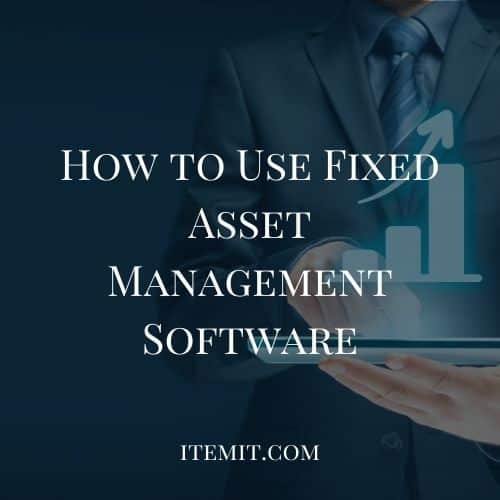When you have fixed assets, it’s important to know as much as possible about them. This is were fixed asset management software comes in.
With fixed asset management software, you can track your fixed asset inventory, managing things such as financial information, asset location, and asset usage information.
Essentially, fixed asset management software gives you the ability to cut costs and mitigate any lost time. For example, you’ll be able to track your maintenance, thus scheduling asset downtime more effectively and shortening the amount of time an asset can’t be used.
Why Do I Need Fixed Asset Tracking?
Fixed asset tracking saves you time, and it saves you money. When you have an inventory of your fixed assets, you’ll have plenty of data and information to save you money.
For one, a fixed asset inventory is incredibly important to have because this is usable in your business expenses. You’ll be able to leverage your inventory of fixed assets against your profits and, therefore, pay less tax.
As well as this, knowing what you own helps you avoid the risk of ghost assets and zombie assets. In other words, you’ll know what equipment you have, what you can use, and this equipment will be accounted for and visible in your fixed asset management software.
Overall, the visibility a fixed asset inventory gives you helps you make clearer decisions and helps you mitigate problems if and when things go missing.
How Do I Use Fixed Asset Management Software?
The process behind using fixed asset management software is incredibly simple.
- Create your fixed asset register: The first step is to log your assets in your fixed asset management software. An import service is possible if you already have a fixed asset register. Effectively, what you’re doing here is creating digital doubles of your fixed assets.
- Tag your assets: The next step is to tag your fixed assets. You’ll likely use QR code asset tags, but you can also use GPS tags and RFID tags for some of your more expensive equipment.
- Link your equipment to your fixed asset register: Now, you’ll want to link your physical assets to their digital profile. To do this, all you need to do is scan the associated tags. Every time a tag is scanned, an asset’s last seen location is updated as well as the user who scanned the tag.
After this, you’ll be able to add a range of different information to your assets, meaning you’ll be able to track bookings, maintenance, locations, quantities, and more!
To find out more about this, check out our blog about how to make a fixed asset register.
itemit’s fixed asset management software can help you do all of the above, and help you save time and money while you’re doing it.
To find out more about using itemit to create your fixed asset inventory, you can book a demo using the button below.
You can also contact the team at team@itemit.com, and you can fill in the form below to start your 14-day free trial of itemit.
Why not check out these blogs?
Why you Need Check In Check Out Software
How Equipment Maintenance Tracking Software Saves You Time
5 Reasons you Need IT Asset Management Software
Try Fixed Asset Management Software Today
Start your free 14-day trial now
Instant access. No credit card details required.


